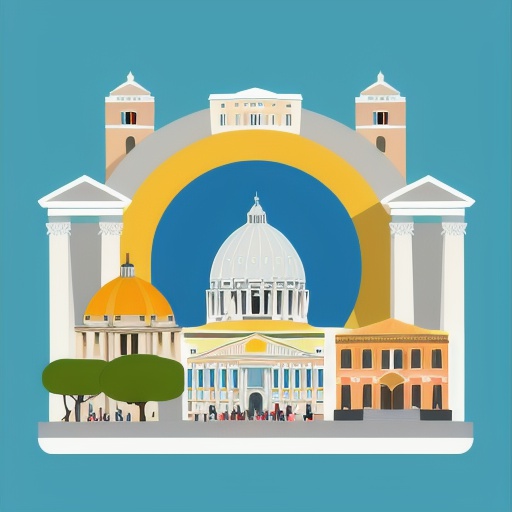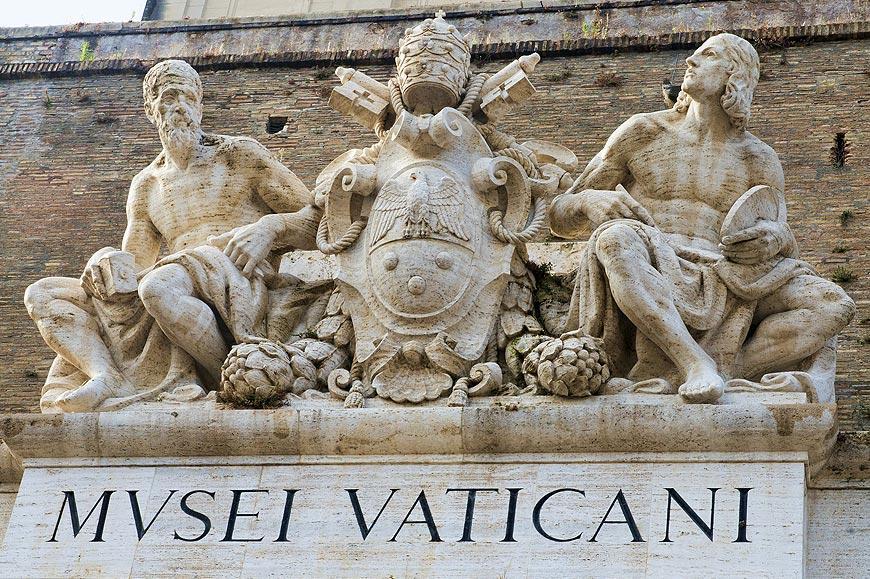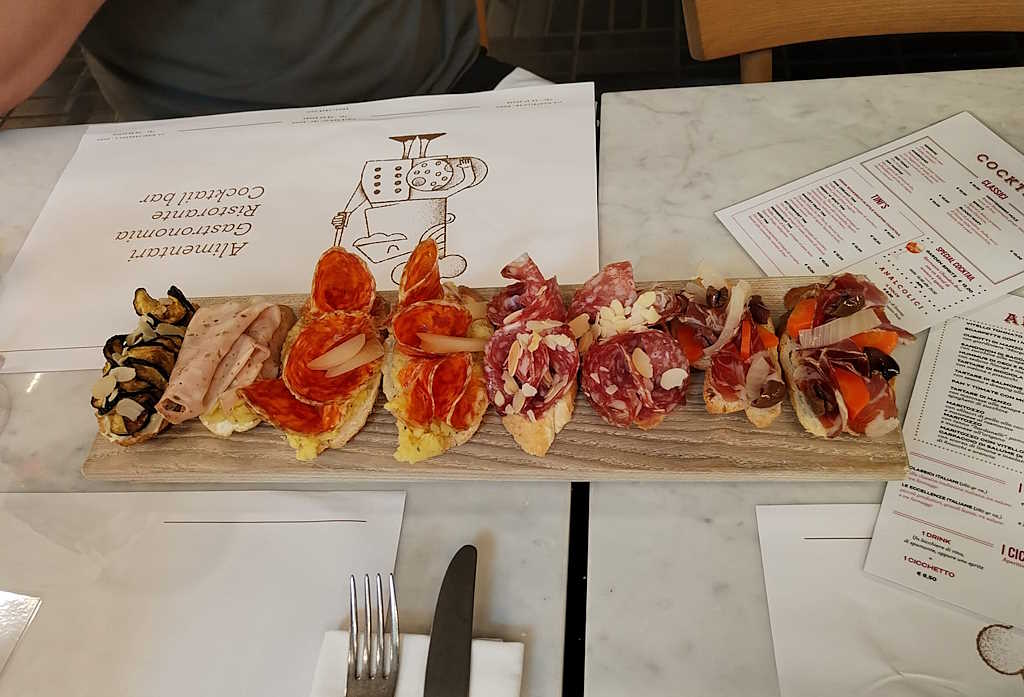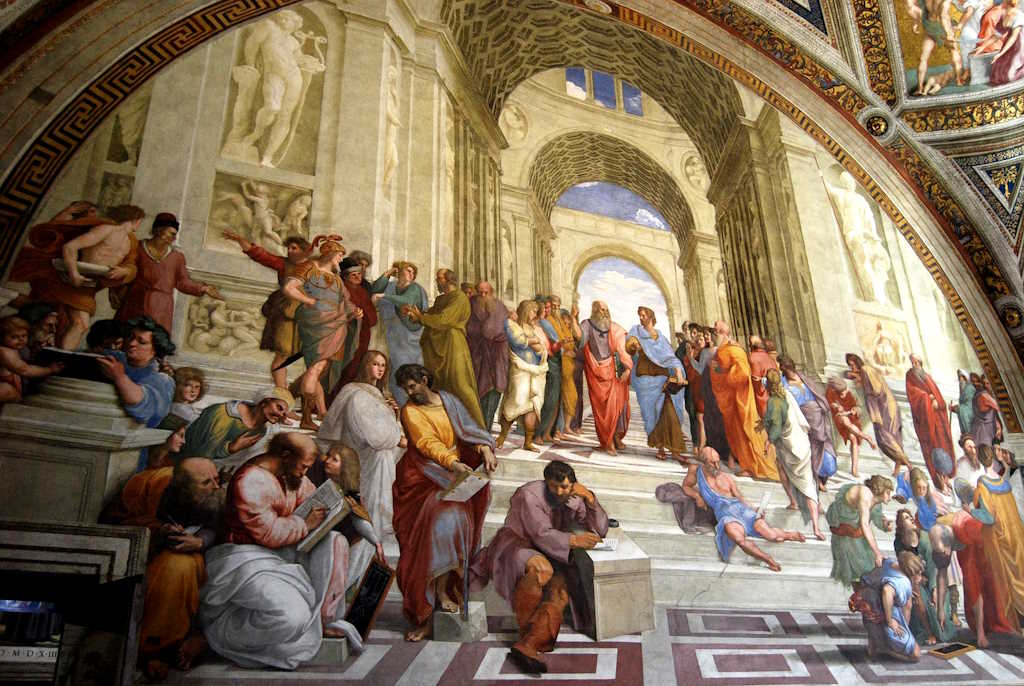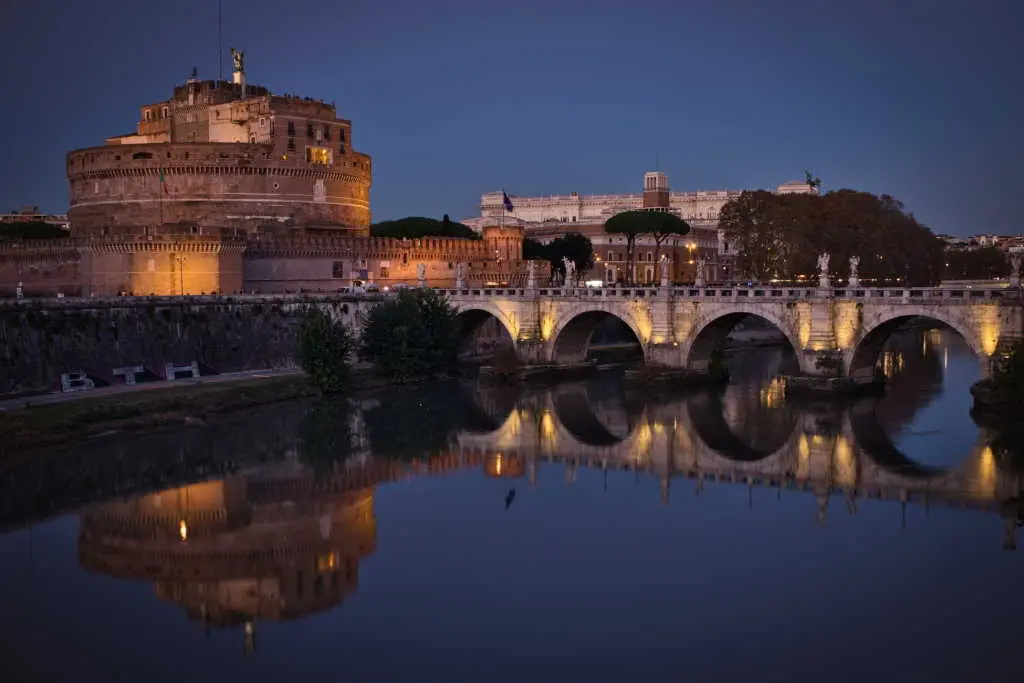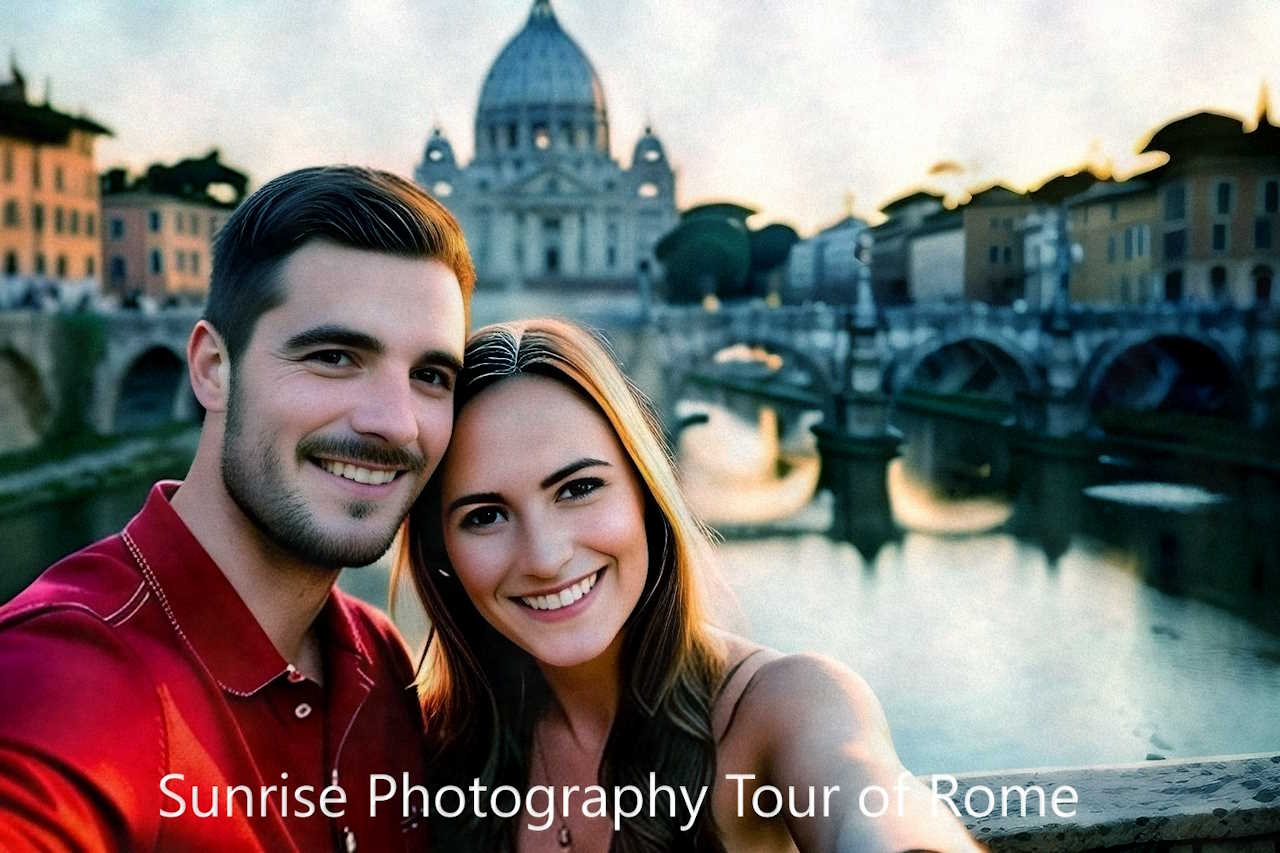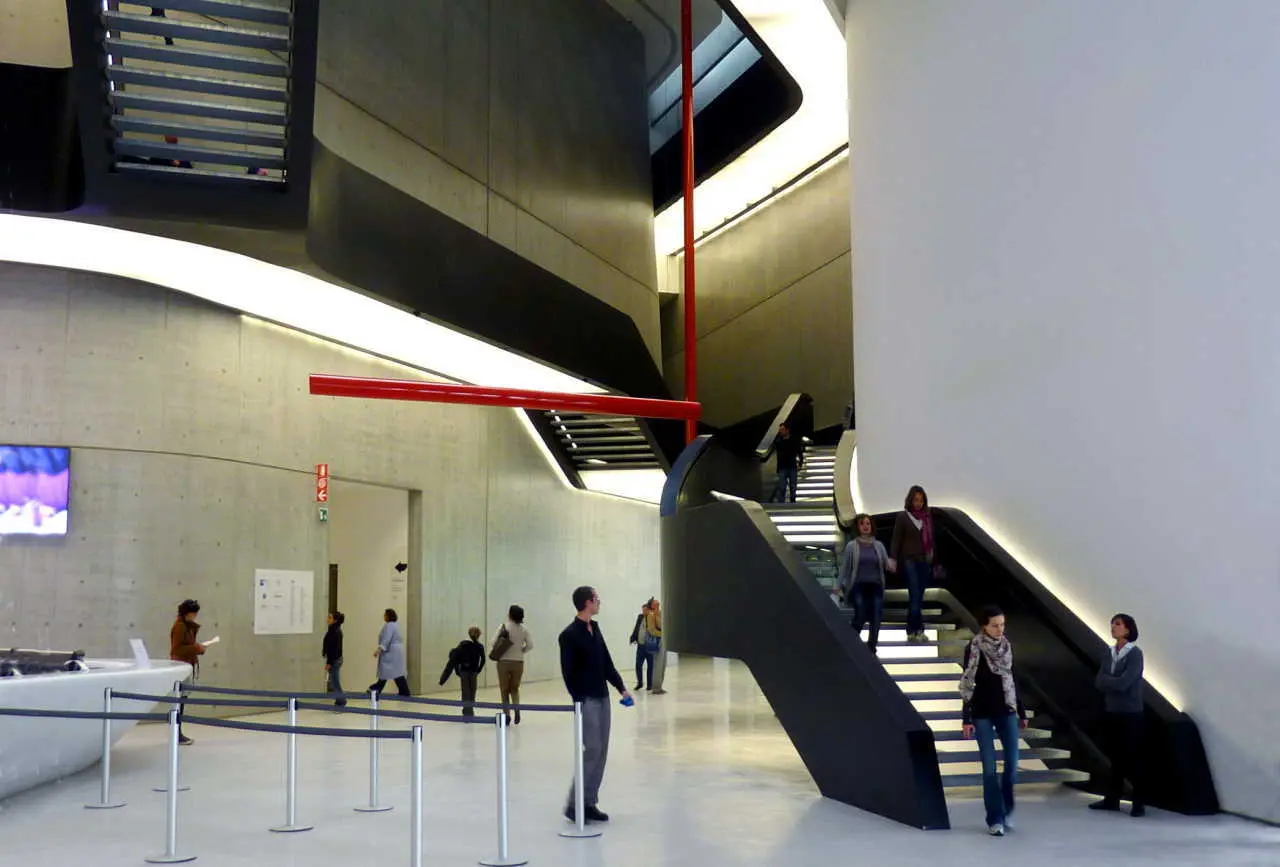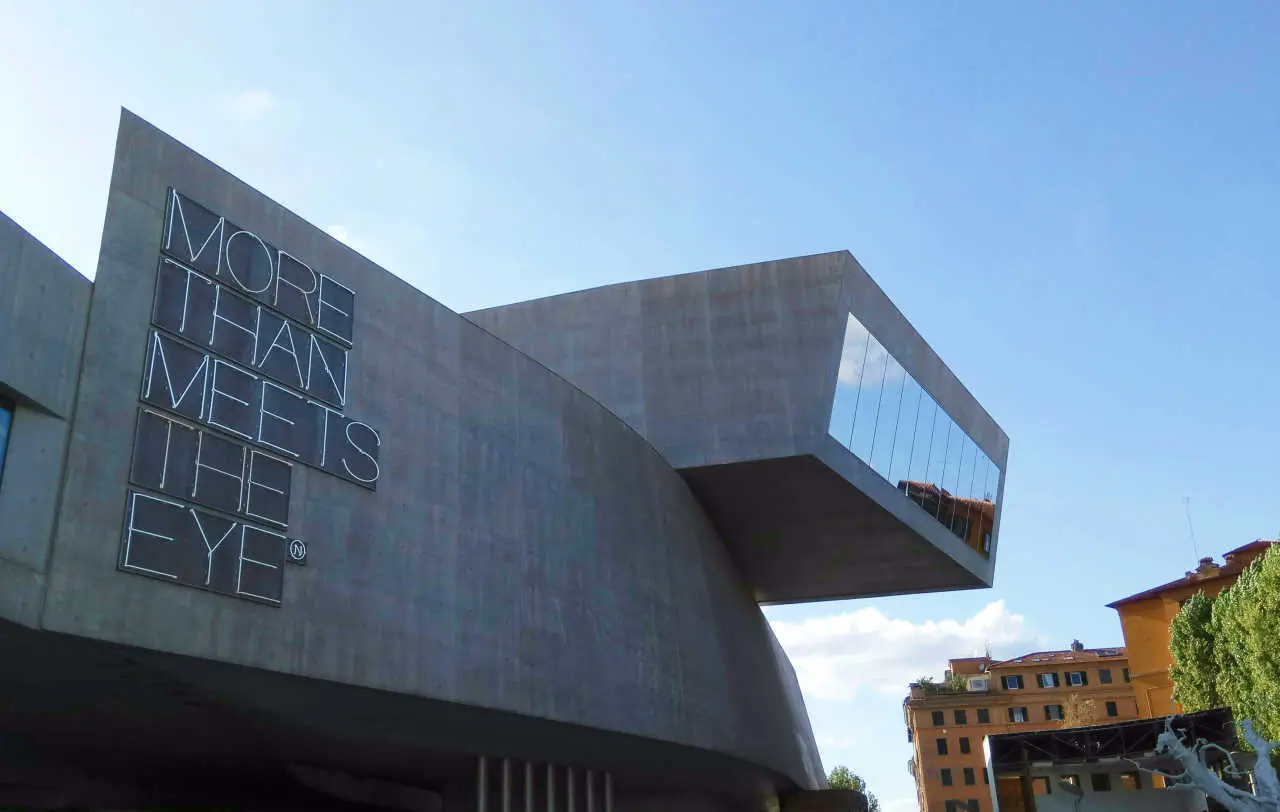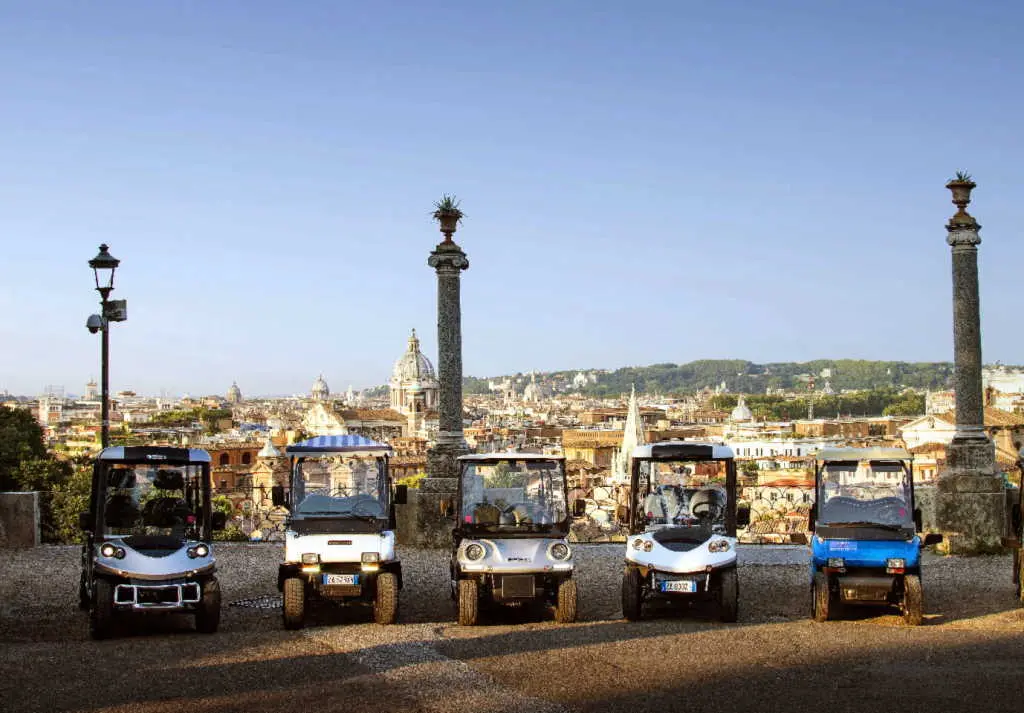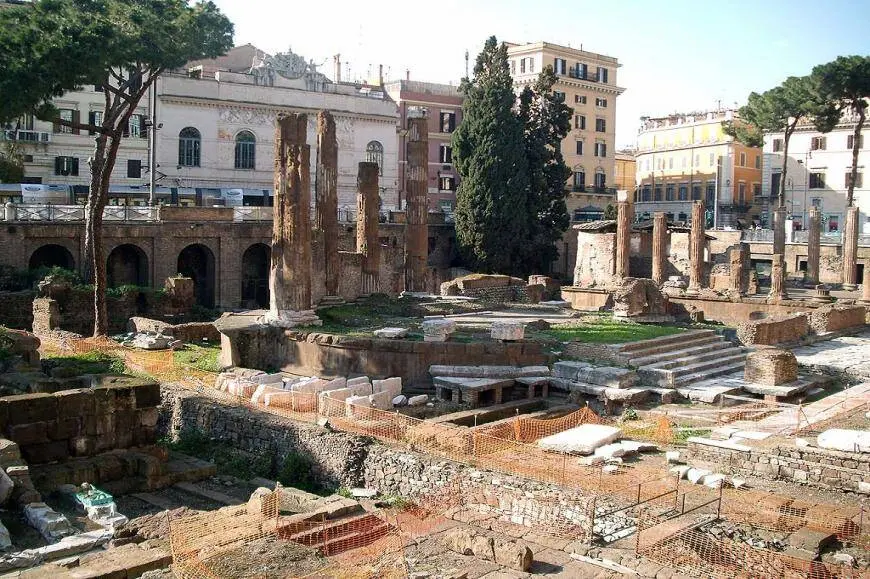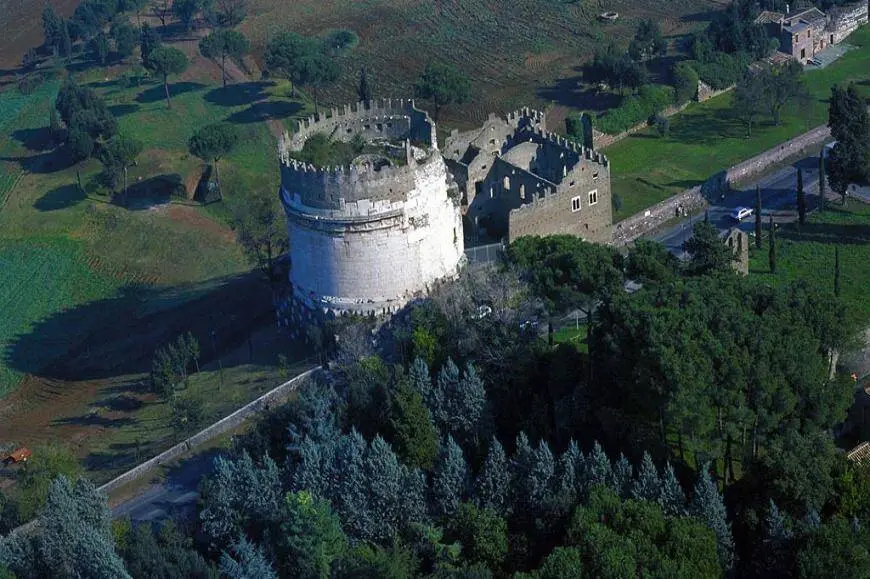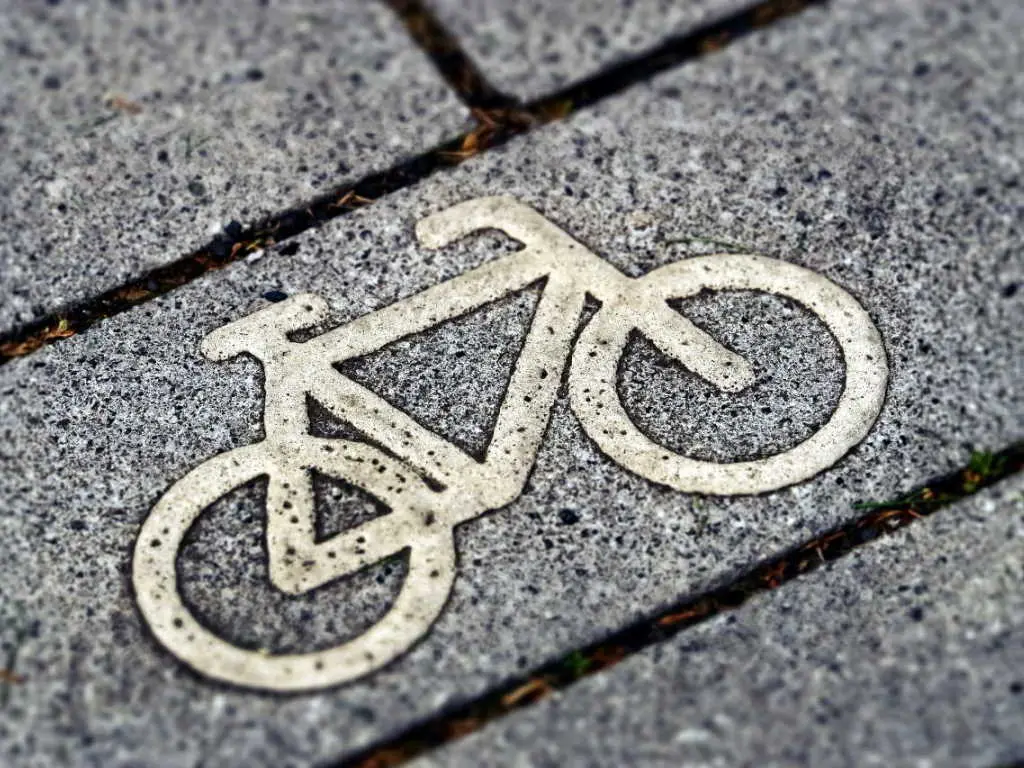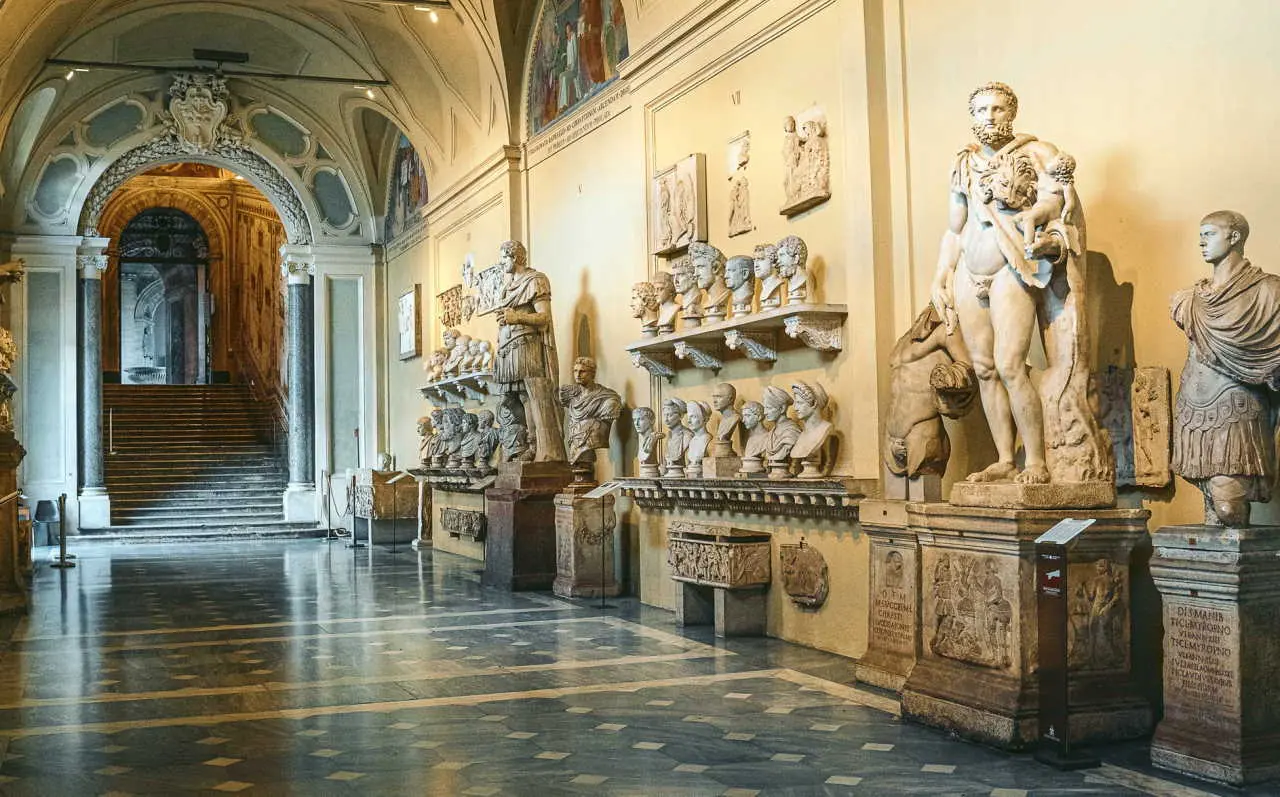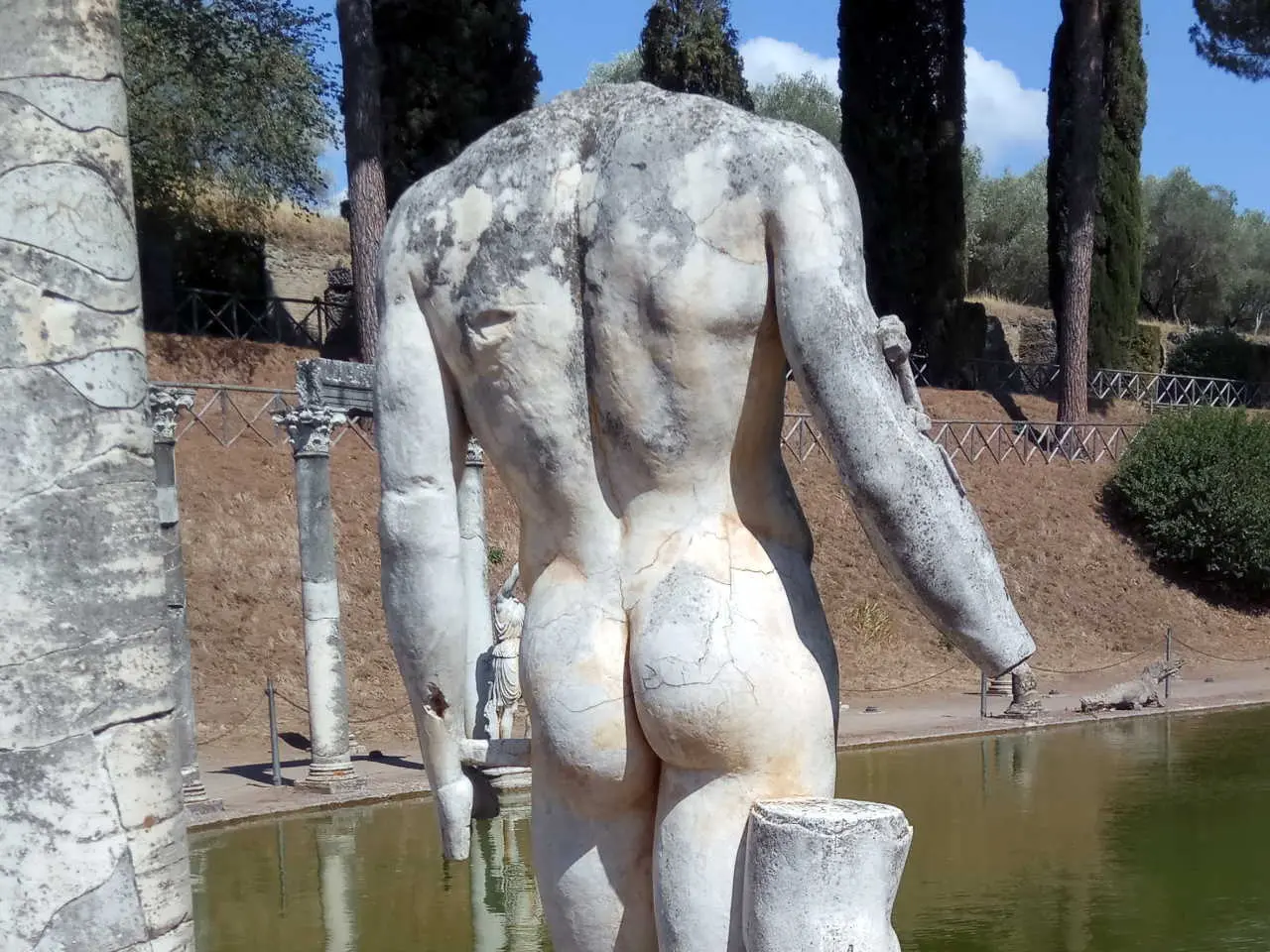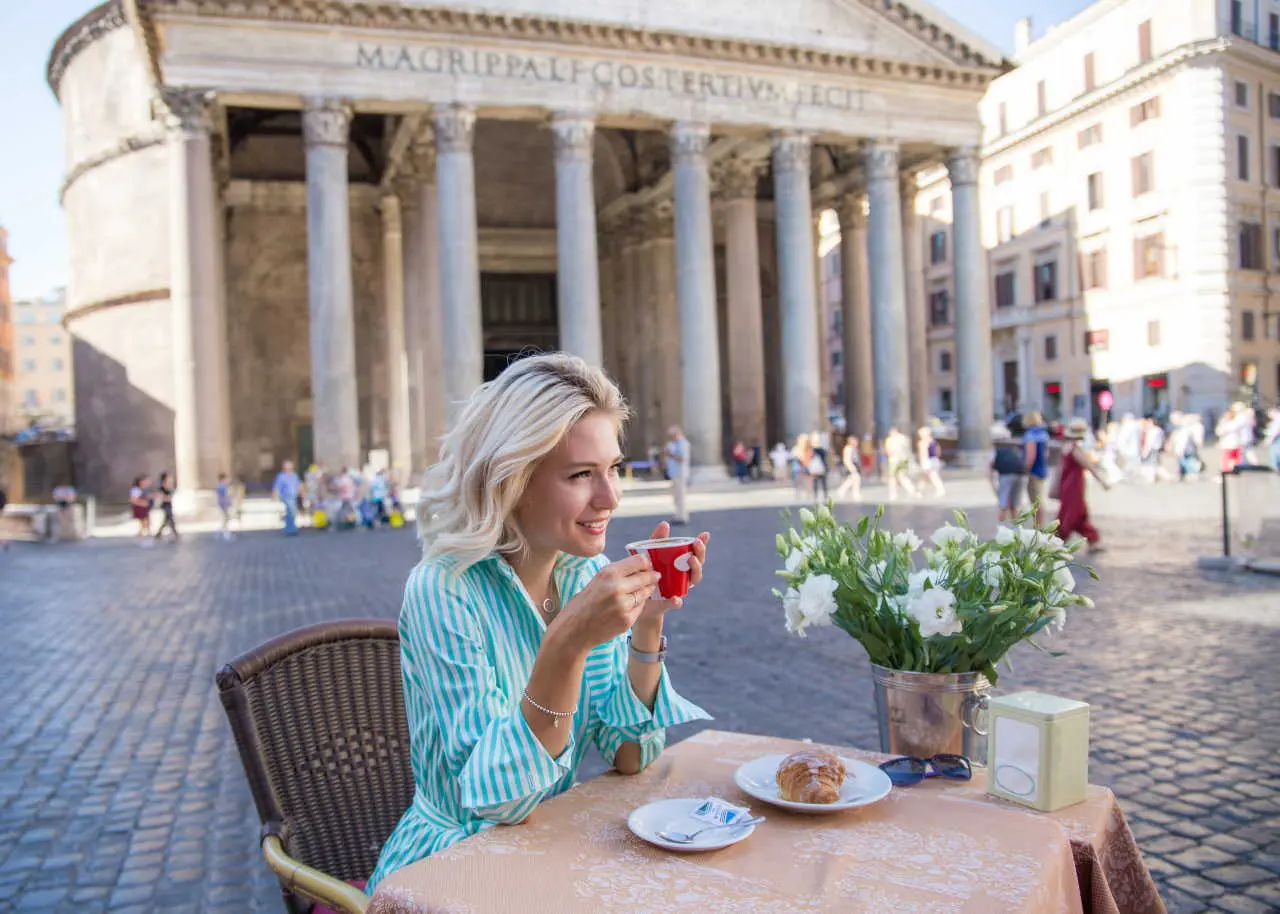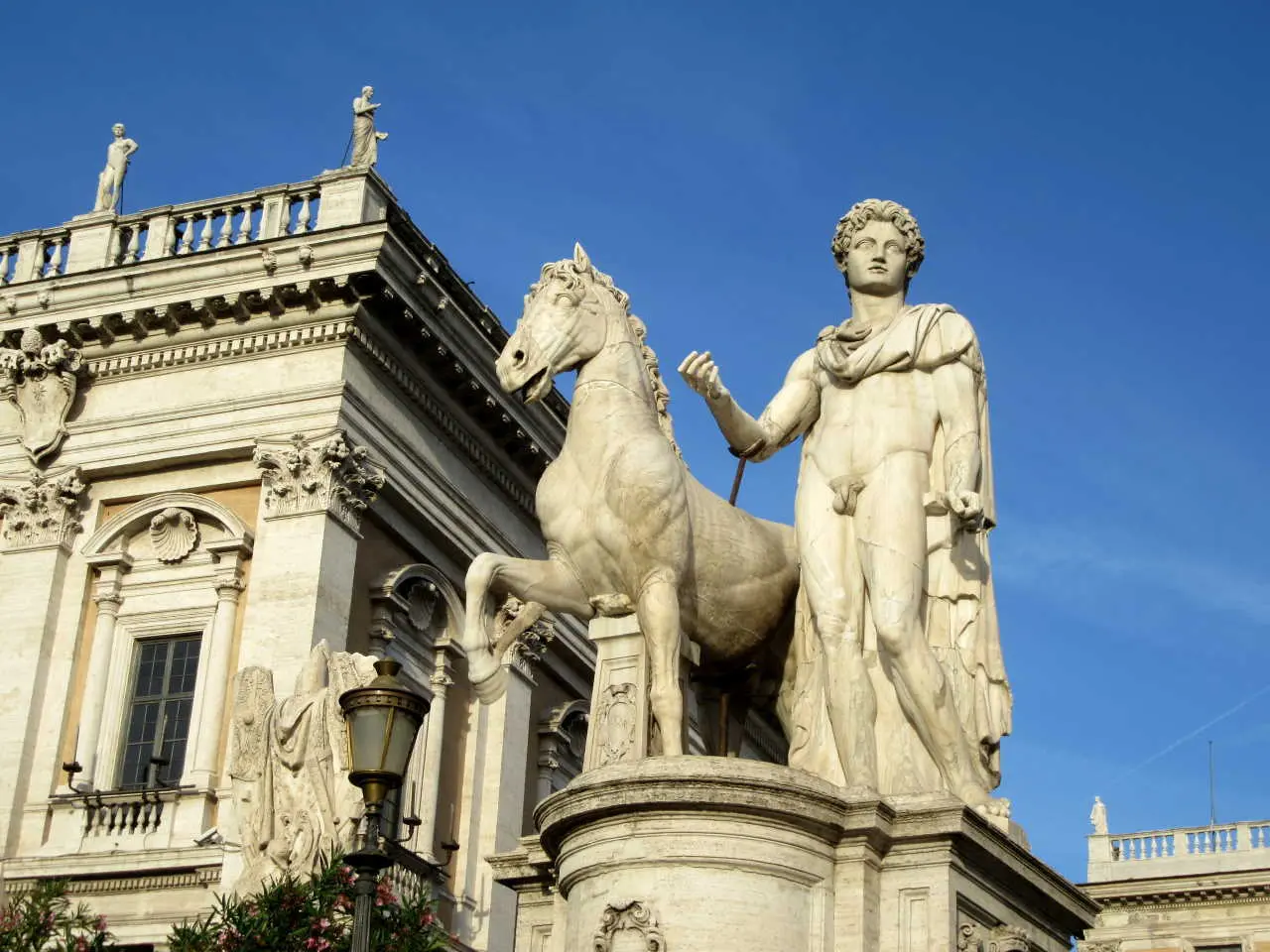Hidden masterpieces of Ancient Rome The Domus Aurea
Built by Emperor Nero in the 1st century AD, the Domus Aurea in Rome is an extraordinary monument that stands as a tangible symbol of the luxury and grandeur of ancient Roman civilization
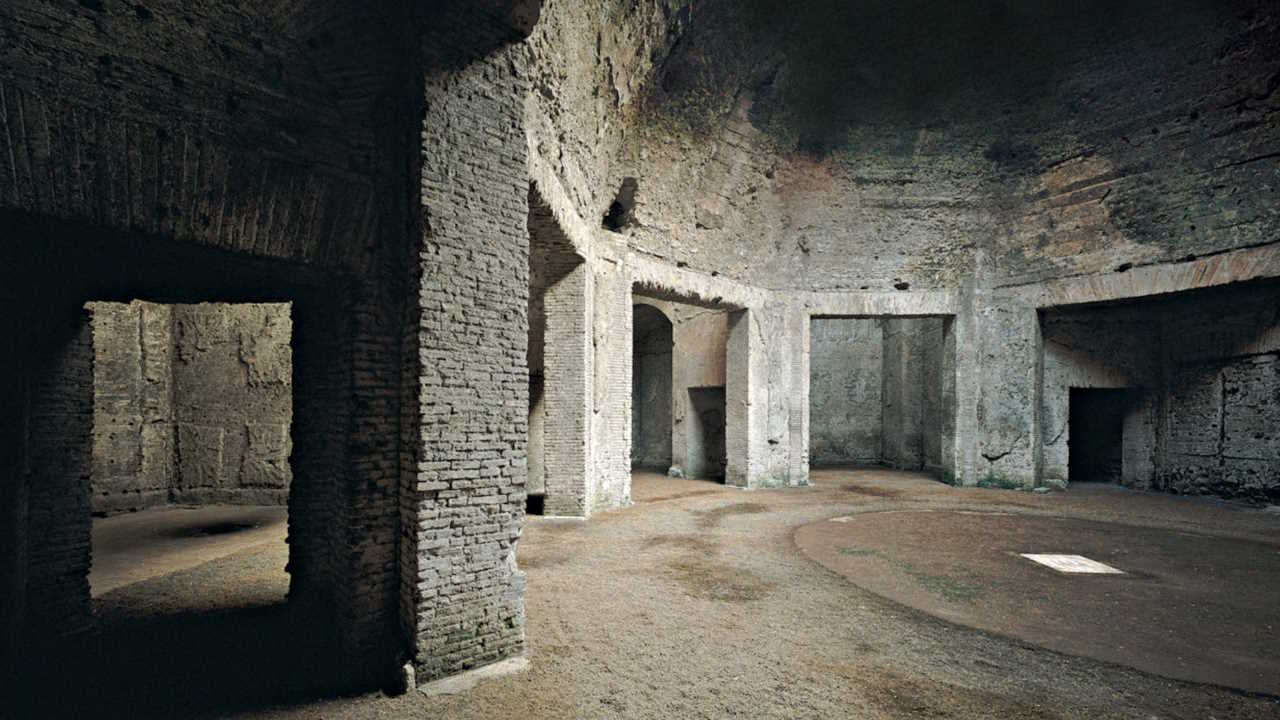
The fabulous Domus Aurea in Rome covered a vast area of about 80 hectares and included gardens, palaces, and recreational rooms decorated with extraordinary murals.
After the death of Nero, the Domus Aurea underwent several transformations and damages caused by fire and collapses. Over the centuries, its grand structure was buried and lost under new constructions until the 15th century when it was rediscovered by chance during excavation work. In recent decades, thanks to technological advances in conservation and the work of expert archaeologists, it has been possible to protect and preserve the Domus Aurea. Modern restoration techniques have helped save the precious murals and frescoes that still adorn the walls, returning to the public the opportunity to admire its beauty and historical importance.
Today, visiting the Domus Aurea is an experience that allows immersion in the art and architecture of ancient Rome. Visitors can explore the different rooms and environments, admiring the magnificent paintings that depict mythological stories and scenes of daily life at that time through a carefully studied path.
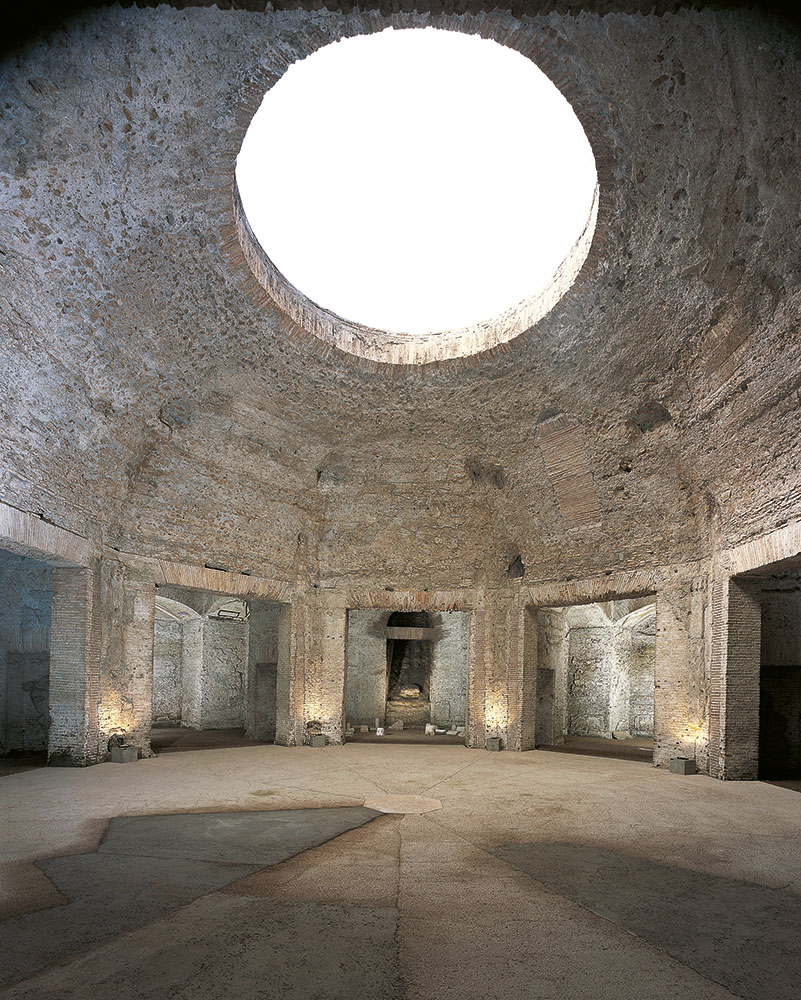

Historical Context and Construction of the Domus Aurea
The historical context in which the Domus Aurea was constructed was marked by dramatic events and political controversies. Nero ascended to the throne at the age of just 16 after the death of Emperor Claudius. During the first years of his reign, the young ruler dedicated himself to ambitious projects, often aimed at satisfying his ego and desire for grandeur. The Domus Aurea was a striking example.
The construction of this palace complex required significant financial resources and considerable effort from architects and workers. The palace extended over a vast area, including large gardens, fountains, and even an artificial lake. The grandiosity and opulence of the Domus Aurea made it a symbol of unrestrained luxury and excess associated with Nero’s reign.
However, the construction of the Domus Aurea was accompanied by criticism and controversy. To realize this grandiose project, numerous inhabited quarters of the city were demolished, and the population rebelled against the emperor for the destruction of their homes. His unpopular fiscal policy and poor handling of political and economic issues led to opposition and plots against him.
In 68 AD, the Roman Empire was engulfed in a revolt of provincial governors, and Nero was forced to flee from Rome. Later, he committed suicide, putting an end to the Julio-Claudian dynasty. After Nero’s death, his successors sought to erase the memory of the deceased emperor: the Domus Aurea was damaged and partly buried, and some parts of the complex were converted into public baths or civil constructions.
Despite its brief existence and the tragic end of its creator, the Domus Aurea had a significant impact on Roman architecture.
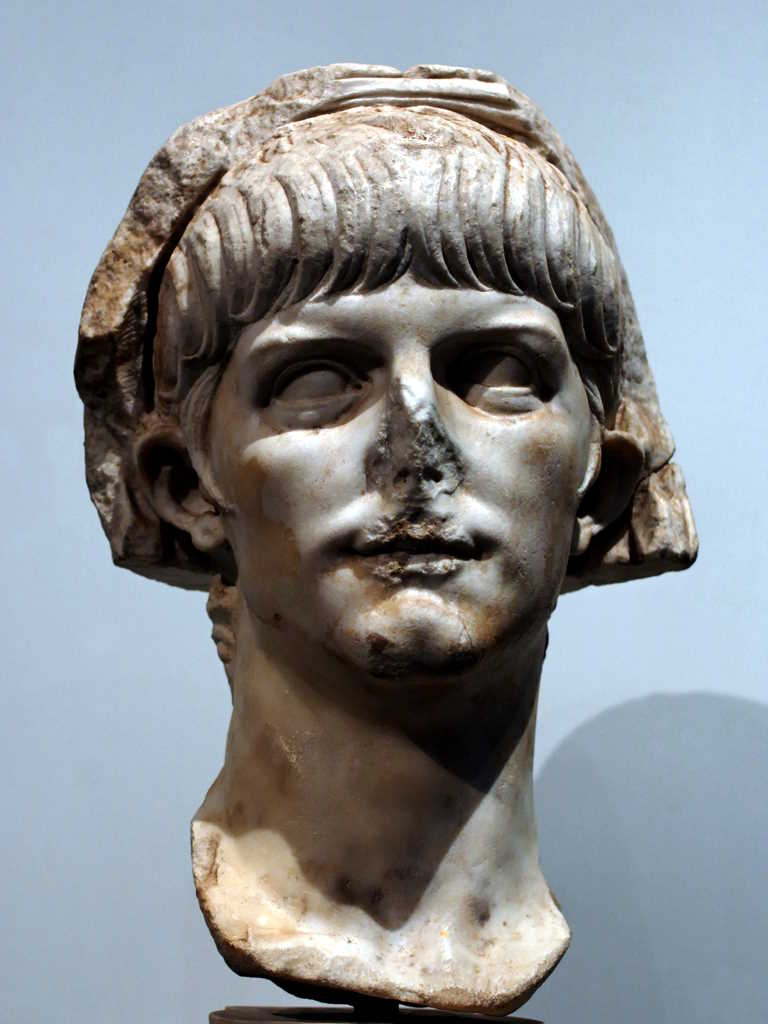
Architecture of Domus Aurea
The main architect of Domus Aurea was Severo Celere, who worked tirelessly to create an unprecedented structure, marking the beginning of a new phase in Roman architecture.
Domus Aurea was built occupying a significant part of the Palatine Hill. The residence was surrounded by lush gardens, artificial lakes and panoramic terraces. One of its distinctive architectural elements was the presence of large rooms with dome-shaped ceilings, which represented a novelty for the time. These domes, made of concrete and covered with a thin sheet of lead, contributed to a greater diffusion of light inside the rooms.
The complex presented a wide range of architectural and decorative elements, demonstrating the skill and creativity of the architects of the time. The ceilings of the rooms were embellished with intricate frescoes, the walls were covered with precious marbles and decorative panels, while mosaic floors added further opulence to the whole. The interior spaces were distributed to offer unique perspectives, creating a sense of surprise and wonder for the guests.
Main elements that composed the Domus Aurea complex:
- Atrium Aureum: A majestic golden atrium with a dome ceiling decorated with mythological scenes and idyllic landscapes.
- Colossal Statues: Giant statues of Nero, some as tall as 12 meters, adorned the spaces inside the Domus Aurea.
- Dining Rooms: Magnificently decorated spaces for banquets, including precious mosaics and mural paintings.
- Entertainment Rooms: Areas dedicated to musical and theatrical performances, with actors and musicians performing for guests.
- Pools and Lakes: The Domus Aurea had numerous pools, artificial lakes, and fountains where guests could refresh themselves and enjoy moments of relaxation.
- Hanging Gardens: Nero had hanging gardens built on terraces and porticos, offering a panoramic view of Rome.
- Private Baths: The building also included a private thermal complex, with rooms for hot and cold baths.
- Reception Rooms: Rooms to welcome dignitaries and important guests, with rich furnishings and artwork.
- Library: A library containing a vast collection of papyrus and parchment scrolls.
- Private Rooms: Private residences of Nero and his family, furnished with luxury and comfort.
- Game Rooms: Spaces for games and entertainment.
- Art Galleries: The Domus Aurea contained an extraordinary collection of artwork, including paintings by famous artists of the time.
- Slaves’ Quarters: Lodging for domestic slaves who worked inside the complex.
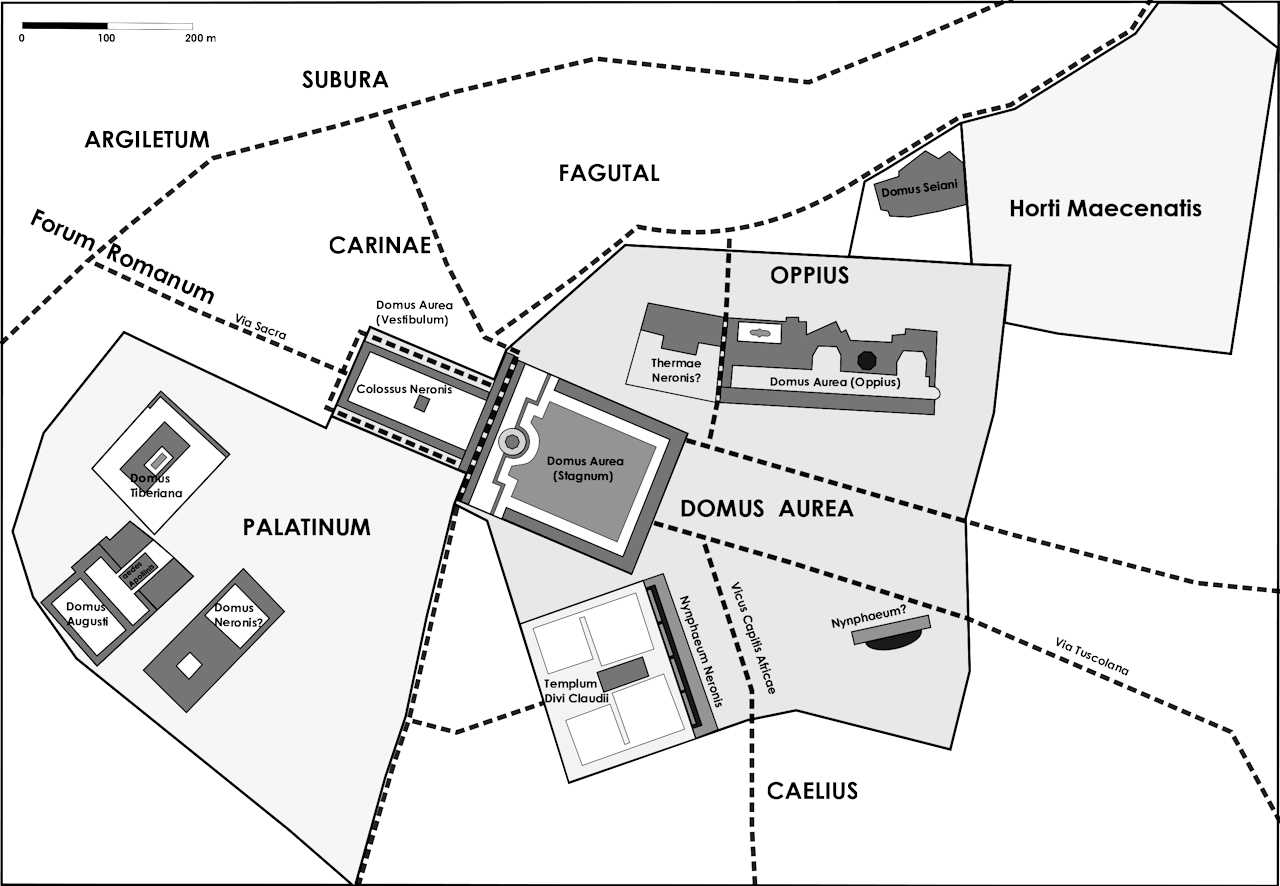
Artistic Decoration of the Rooms
The artistic decoration of the Domus Aurea’s rooms represents an extraordinary example of ancient Roman art and architecture. The ornamental motifs, frescoes, mosaics, and sculptures reflect the magnificence of the empire and Emperor Nero. The iconographic themes and artistic influences of the time provide us with a valuable insight into Roman culture and society during the period. These works of art, with their symbolic meanings, continue to invite us to reflect on the greatness and complexity of ancient Roman history.
Ornamental Motifs
The decoration of the Domus Aurea’s rooms was exceptional, characterized by ornamental motifs of rare beauty. The main decorative elements included friezes with floral, geometric, and stylized animal motifs, all executed with extreme care and precision. The floral motifs evoked nature and fertility, while the geometric motifs indicated mathematical order and symmetry. The stylized animals, often depicted in fantastic contexts, symbolized power and authority.
Frescoes
The walls of the rooms were covered with mythological scenes, historical episodes, and representations of hunting events. Images of gods and goddesses, heroes, and mythical creatures were painted with vibrant colors and accurate details. These works of art told epic stories and celebrated the grandeur of the Roman Empire and the divinity of Emperor Nero. The frescoes also had a political function, as they depicted the emperor’s power as the protector of the people and the city.
Mosaics
Created with precious tesserae, often in gold and colored stones, the mosaics added a luxurious splendor to the environment. The subjects of the mosaics ranged from lush nature to exotic animals, as well as scenes of daily life and military triumphs. These mosaics reflected the aesthetic taste of the time and paid tribute to the opulence of the emperor and the Roman Empire.
Sculptures
The sculptures inside the Domus Aurea were scattered throughout the residence and contributed to emphasizing the grandeur of the rooms. Marble statues and figurines depicted deities, mythological heroes, and portraits of prominent figures of the time. The sculptures were placed both inside ornamental niches and as autonomous elements in open spaces. These works of art aimed to inspire a sense of veneration towards the emperor’s power and to praise his magnificence.
Iconographic Themes and Artistic Influences
The Domus Aurea reflected a wide range of iconographic themes, influenced by Greco-Roman mythology, Etruscan traditions, and Hellenistic art. The figure of Nero was often assimilated to that of mythological deities such as Apollo or Dionysus, to emphasize his status as a deified ruler. Some frescoes and mosaics depicted scenes of religious syncretism, in which Roman deities were associated with Greek deities.
Symbolic Meaning
The artworks present in the Domus Aurea had deep symbolic meanings. In addition to celebrating the power and opulence of the emperor, these masterpieces also communicated a message of stability and prosperity of the Roman Empire. The presence of deities and mythological creatures suggested a connection between the emperor and the realm of the gods, emphasizing the legitimacy of his rule. At the same time, the depiction of hunting events and military triumphs indicated the strength and control of the Roman army.
Decorative Techniques of the Grotesques
The grotesques of the Domus Aurea were created using a combination of artistic techniques, including the incrustation style and the fifth style. The incrustation style involved the application of a mixture of lime, sand, and pozzolana, followed by a layer of plaster on which the grotesques motifs were painted. In contrast, the fifth style involved the direct painting on the fresh plaster layer, allowing the painter to achieve greater expressive freedom. These techniques allowed artists to create complex details and nuances of color, making the grotesques of the Domus Aurea a superb example of artistic skill and mastery.
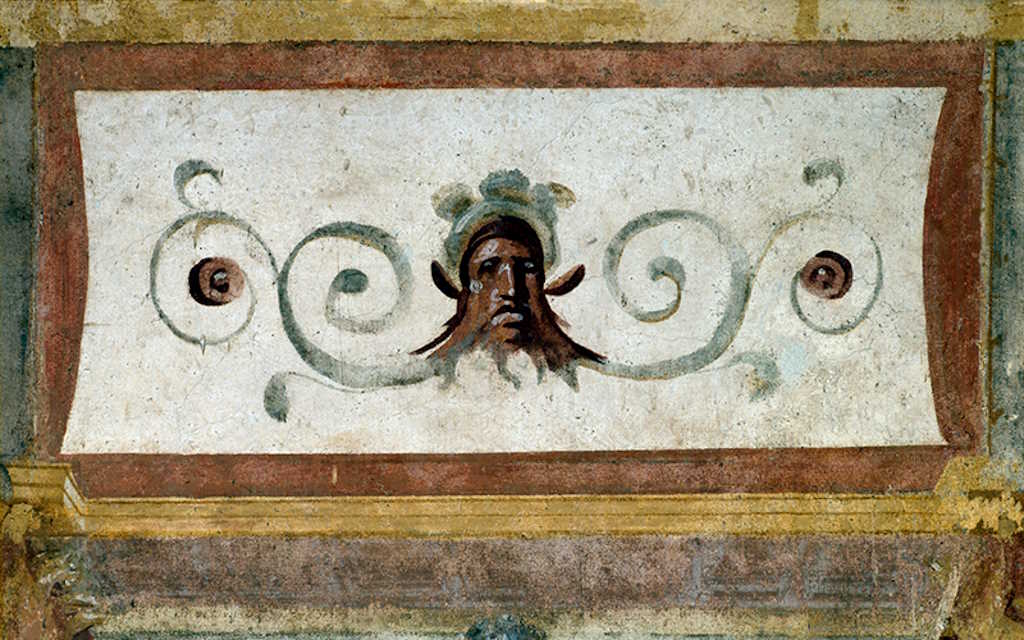
Function of the Rooms and Daily Life in the Domus Aurea
The Domus Aurea was characterized by magnificent spaces and luxurious decorations. Its interiors were made up of vast halls, enchanting gardens, and a rich variety of rooms, each designed for specific purposes. Among the various rooms present, the baths, dining rooms, entertainment spaces, and private chambers were integral parts of the residence’s function.
One of the most significant parts of the Domus Aurea was the baths, where residents could dedicate themselves to moments of relaxation and body care. The baths offered not only the opportunity to take a bath but also to enjoy massages and other treatments for physical well-being. This environment was designed to promote the pleasure and indulgence of its residents, offering a break from the rigors of daily life.
The dining rooms were another important element of the Domus Aurea. Ancient Romans considered lunch a moment of great social importance, during which they met with friends, relatives, and guests. The dining rooms were often decorated with splendid frescoes and sculptures, and the diners could enjoy delicious food and refined drinks. In this way, the emperor Nero demonstrated his generosity and magnificence through the hospitality offered in his residence.
The Domus Aurea also housed spaces for entertainment and culture. Concert halls, theaters, and areas for artistic performances were available to entertain guests and residents of the residence. Culture and art were fundamental aspects of Roman life, and Nero sought to consolidate his image as a sovereign lover of the arts through the promotion of cultural events in his residence.
Private chambers constituted another crucial aspect of the residence. The Domus Aurea was composed of numerous rooms intended for different functions, such as bedrooms, studies, and spaces for reflection. These rooms were designed to offer comfort and privacy to the residents, and each was decorated with taste and refinement. Daily life in the Domus Aurea was characterized by a high quality of life and the well-being of its inhabitants.
Additionally, the residence was surrounded by splendid gardens, fountains, and outdoor spaces. These gardens were a distinctive element of Roman architecture and represented an oasis of tranquility in a chaotic city. They allowed residents to enjoy nature and spend pleasant moments outdoors, such as walks or moments of relaxation.
Nero’s Domus Aurea represented an extraordinary demonstration of power and wealth. The spaces within this sumptuous residence were studied to satisfy the diverse needs and desires of the residents, offering spaces for relaxation, entertainment, and culture. Daily life inside the Domus Aurea was characterized by luxury, opulence, and refinement, and the complex demonstrated the great talent of the architects and artists of ancient Rome. Despite the unfortunate fate of the Domus Aurea after Nero’s death, it left an indelible imprint on the history of architecture and daily life in Rome.
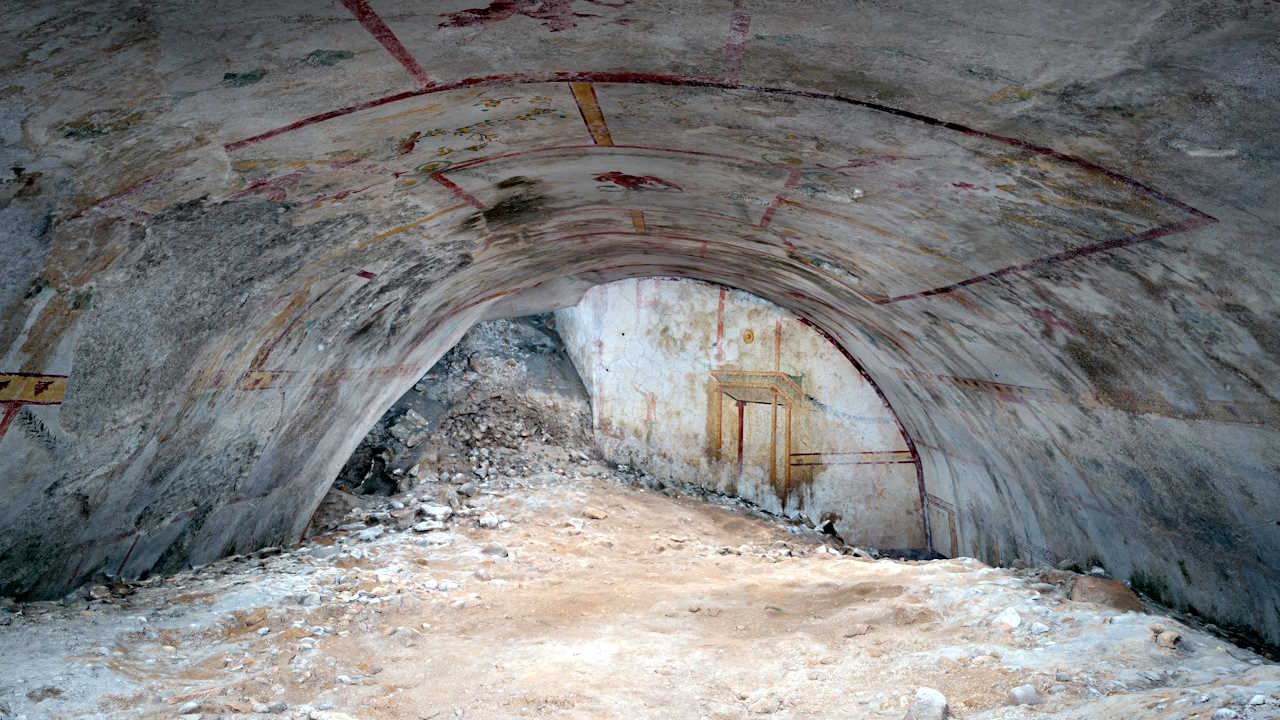
The Sphinx
Room
During excavations carried out in 2018, archaeologists discovered a mysterious room, rich in frescoes, that had remained in darkness for twenty centuries. Sphinxes, centaurs, and the god Pan decorate the walls surrounded by flowers, fruits, birds, garlands, tree branches, stylized underwater creatures, flower and bird festoons. The hall is still largely buried, and the removal of ancient debris is not foreseen for stability reasons.
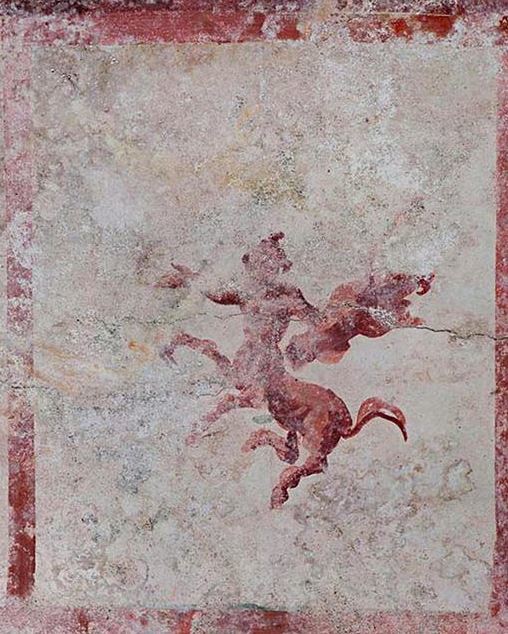
The Decline and Rediscovery of the Domus Aurea in Rome and its Influences on Art
After Nero’s death, the Domus Aurea fell into decline. The subsequent emperor, Vespasian, initiated the construction of the Colosseum right above a portion of the original structure, reducing and concealing it under the new amphitheater. This act of construction was the first step towards the burial of Nero’s magnificent dwelling.
For many centuries, the Domus Aurea was forgotten and buried under layers of earth and debris. It was only during the Renaissance, in the 15th century, that its existence was rediscovered. In 1480, while digging in a vineyard, a young antiquities hunter, Felice de Fredi, made a fortuitous discovery: he stumbled upon a hole in the ground that led him to a vast cave with walls covered in extraordinary paintings. This lucky find turned out to be the ceiling of one of the underground rooms of the Domus Aurea.
The news of this incredible discovery spread quickly among intellectuals and artists of the time. One of the most important Renaissance painters, Raphael Sanzio, along with other artists such as Michelangelo and Pinturicchio, was among the first to explore the Domus Aurea and admire its extraordinary works of art. The mural decorations of the Domus Aurea deeply impressed Renaissance artists, who were fascinated by the vividness of the colors, the masterful use of perspectives and the sophisticated painting technique.
The discoveries in the Domus Aurea greatly influenced Renaissance and subsequent art, giving rise to a new artistic style known as “grotesque.” This style incorporated decorative elements inspired by the mural paintings found in the Domus Aurea, such as volute motifs, fantastic animals and stylized human figures, and became very popular in Renaissance and Baroque art. Moreover, the use of perspective and vivid colors in the paintings of the Domus Aurea stimulated the evolution of Western art, opening new avenues for artistic expression.
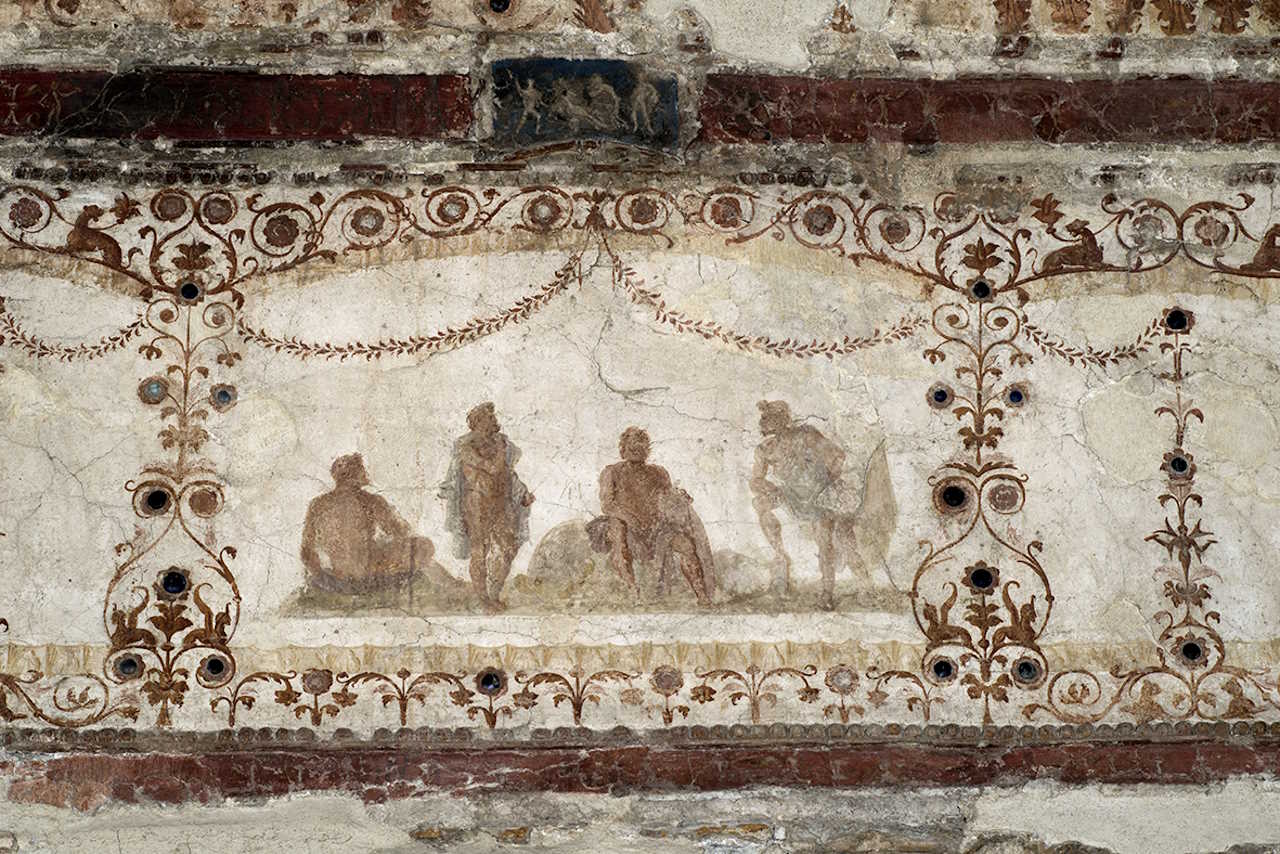
The young Michelangelo
I was watching with curiosity the young Michelangelo as he lowered himself with a rope from the hole in the ceiling of the Domus Aurea, so eager to study ancient art that he was willing to risk his life to do so.
“Hello, Michelangelo,” I said, “what brings you to visit the Domus Aurea?”
“I’m looking for inspiration for my paintings,” Michelangelo replied, “and there is no better place to find inspiration than here, in the house of Emperor Nero.”
I nodded approvingly. “Yes, that’s true. But you have to be careful. This place is dangerous.”
Michelangelo didn’t seem worried. “I know, but I can’t resist the temptation to see the grotesques. They’re so fascinating.”
I smiled. “Yes, the grotesques are truly impressive. But do you know how they were made?”
Michelangelo shook his head.
“The ancient Roman artists used a technique called stucco. They applied a layer of fresh plaster on the walls and then painted over it. When the plaster dried, they scraped away some parts to create a three-dimensional effect.”
Michelangelo seemed fascinated. “I knew there was a secret behind these works of art. Thank you, Jupiter.”
He slowly lowered himself from the hole in the ceiling, being careful not to get hurt.
excerpt from “A Story of Rome narrated by Jupiter“
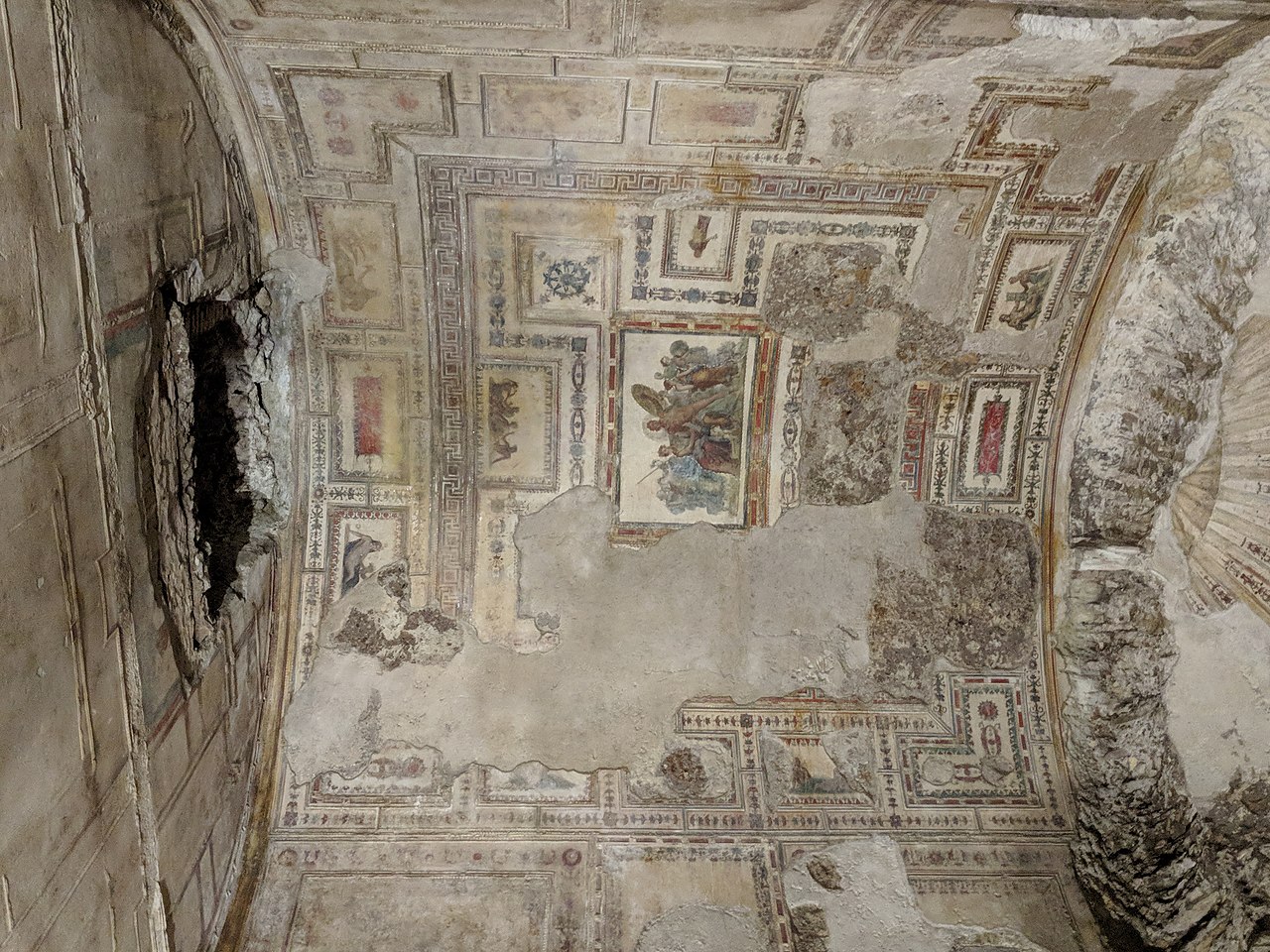
Conclusions
Despite the discovery of the Domus Aurea contributing to the growth of art and archaeology, continued exploration has put the building at risk of irreparable damage. Humidity and mold formation have compromised the stability of the structures, and measures have been taken to conserve and restore the building to ensure its survival.
The Domus Aurea is now an important archaeological site open to visitors, and thanks to technological progress in preservation, it has been possible to preserve and protect this incredible heritage of ancient Rome, allowing future generations to admire and study this extraordinary example of grandeur and artistic beauty.
However, the discovery of the Domus Aurea also presented a challenge for archaeologists and rulers of the time. Discoveries of Nero’s complex were often brought to public attention, leading to debates about the conservation and restoration of such sites. Due to the size and extent of the Domus Aurea, much of the area was buried again to preserve it from atmospheric agents and the effects of time.
Today, the Domus Aurea is one of Rome’s most important archaeological sites and has been reopened to the public on several occasions. Despite its decline centuries ago, its impact on culture and art remains evident and continues to fascinate and inspire visitors from around the world.
staff Argiletumtour 2023
Private Tours of Rome
-
Vatican Museums and Sistine Chapel Tour Pick-up and Drop-off
Private Tours of Rome185,00€ – 415,00€Immerse yourself in the wonders of the Vatican Museums, the Sistine Chapel, and St. Peter's Basilica with a tailor-made tour, guided by industry experts.
Vatican Rome | Pick-up and Drop-off | Private Guide | 3 hours | Skip the line
-
Gastronomic Tour in Rome: Street Food, a culinary adventure
Food and Wine Experience189,00€Street Food Tour in Rome: 3-Hour Culinary Tastings - Small Group max. 6 people
-
Vatican Museums and Sistine Chapel – Private Tour with Hotel Pick-up
Private Tours of Rome163,00€ – 335,00€Enjoy an unforgettable experience discovering the wonders of the Vatican and Italian art, accompanied by our expert guides who will immerse you in the history and beauty of these unique places.
Vatican Rome | Pick-up | Private Guide | 3 hours | Skip the Line
-
Rome by Night Tour – Private Driver and Guide
Holidays in Rome116,00€ – 293,00€Welcome to "Rome by Night with Private Driver and Guide"
Rome | By night Tour | Private Car | 2 hrs.
-
Photography Tour of Rome at Sunrise
Private Tours of Rome106,00€ – 438,00€A unique experience to capture the essence of Rome at dawn!
Request the PROMO code!
Rome | Privat Guide | Auto- Golf Car | 3 hours
-
Shore excursion Civitavecchia Rome
Day Trips from Rome241,00€ – 645,00€Discover the major attractions of Rome with who live there! Full day Private Tour from Civitavecchia Port to Rome
Advanced reservation PROMO code
Civitavecchia Rome | Guided Tour | Luxury Car | 8/9 hrs.
-
Modern and Contemporary Rome Tour
Private Day Trips from Rome165,00€ – 415,00€Book now your detailed tour of contemporary Rome and let yourself be amazed by its architectural wonders!
Rome Italy | Expert Guide | Car&Drive | 6 hours
-
Tour of Rome and surroundings by helicopter with a final parachute jump
Holidays in Rome1.200,00€Experience Rome like never before with a helicopter tour and parachute jump. Get ready for an unforgettable adventure
Rome Italy | helicopter | Car&Drive | 3 hours
-
Visit Rome by Golf Cart
City Tours of Rome145,00€ – 345,00€Private Tour of the main attractions of Rome by Golf Cart, without worry about long walks or hills to climb A lot of fun!
Rome | Private Guide | Golf car | 3 hrs.
-
Tour of Rome and Gourmet Lunch – Private Guide and Car
Luxury Tours of Rome215,00€ – 449,00€Exclusive guided tour of Rome with private guide and luxury car at your disposal for 3 hours, Gourmet Lunch and return to the Hotel
Rome | Guided Tour | Luxury Car | 4 hrs. | Lunch |
-
Ancient Basilicas and the Catacombs of Rome
Pilgrimages in Italy183,00€ – 408,00€Christian Rome and the Catacombs - Private tour, an itinerary retracing the history of Christianity in Rome
Rome | Private vehicle | Expert guide | 4 hours
-
Bicycle Tour of Rome
City Tours of RomeBicycle Tour of Rome is an alternative way to visit Rome!
Rome | Private Guide | Bicycle | 3 hrs.
-
Rome by night Tour and Dining Experience – Private Tour
Holidays in Rome111,00€ – 249,00€A pleasant walk through the ancient districts of Rome and dinner in an intimate and elegant restaurant in Trastevere
Rome | By night Tour - 2 hrs. | Dinner
-
Bespoke Rome Tour by car – 4 hours
Luxury Tours of Rome166,00€ – 398,00€Exclusive guided tour of Rome with private guide and luxury car at your disposal for 4 hours, the chance to see what you want
Rome | Guided Tour | Luxury Car | 4 hrs.
-
Villa Adriana and Villa d’Este Private Tour Rome to Tivoli
Day Trips from Rome189,00€ – 474,00€Tivoli, guided visit of Villa Adriana e Villa d’Este, two splendid villas at 20 km far from Rome, a renowned area since the Roman time
Tivoli | Private Guided Tour | By car | 4/5 hrs.
-
Rome Private Tour by Car for 3 hours
Private Tours of Rome118,00€ – 298,00€Tour of the main attractions of Rome by Car and Private Guide, without worry about the weather or long walks
Ask for PROMO code
Rome | Private Guide | By car | 3 hrs.
-
Private Walking Tour of Rome | 3 hours tour
Private Tours of Rome67,00€ – 187,00€Private walking tour of Rome with local guide for 3 hours, ecological and entertaining way to explore the major attractions and the back streets of Rome
Rome | Walking Tour | Private Guide | 3 hrs.
-
Bespoke Rome Full day walking Tour
Private Tours of Rome118,00€ – 309,00€Bespoke Rome full day Walking tour, enjoy your Private Local Guide of Rome for 6 hours, to see the best of the Eternal Town with a customized tour!
Rome | Walking Tour | Private Guide | 6 hrs.
Travel Magazine

Events and Exhibitions 2025 in Italy
2025 in Italy promises to be a year full of events and exhibitions: from major cultural festivals to art exhibitions, from historical celebrations to meetings
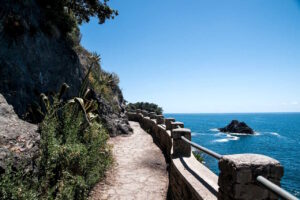
Liguria, where the sea embraces the mountains
A narrow strip of land nestled between the mountains and the sea, Liguria is a region that tells its story through contrasts. Every glimpse is
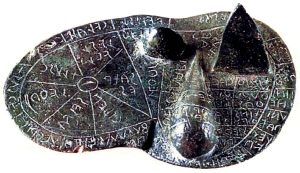
The Etruscans, an enigmatic people from central Italy
The Etruscans represent one of the most enigmatic and influential civilizations of antiquity, a people who inhabited central Italy (particularly the region corresponding to present-day
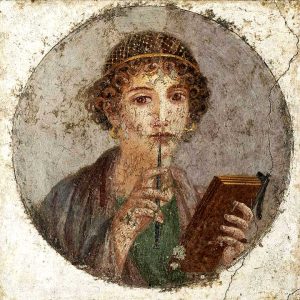
Major Artworks in Italy and Where to Find Them
The main works of art in Italy that every culture lover should see at least once in their life, with directions on where to find
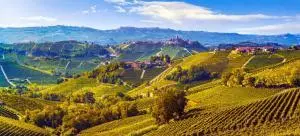
Popular Destinations in Italy – Discovering the Langhe
The region of Langhe inItaly, a UNESCO World Heritage Site, it is renowned for its patchwork of vineyards, forests, pastures, perched medieval villages, and castles.
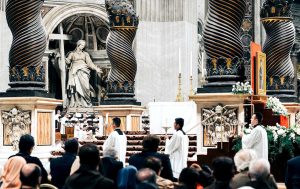
Jubilee 2025 in Rome – A Guide for Contemporary Pilgrims
The Jubilee 2025 will not only be a time of deep spirituality but also an opportunity to boost tourism and the economy of Italy’s capital
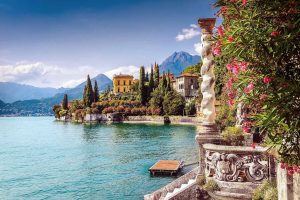
Popular destinations in Italy – Lake Como
Located in the heart of the Lombardy region in Italy, nestled between the Alps and the Po Valley, Lake Como has been described as the
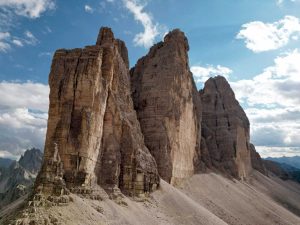
Dolomiti, the mountains in Italy carved by the gods
A unique natural treasure in the world, where breathtaking landscapes, rich biodiversity, and cultural heritage come together in an extraordinary combination. These are the Dolomites.
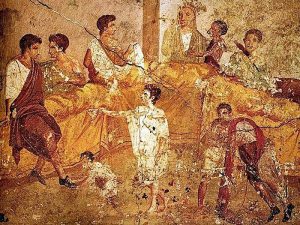
Trimalchio’s Banquet – Ancient Romans at the Table
Petronius, a writer who lived during the reign of Emperor Nero, left us with an unforgettable description of the banquet of the nouveau riche Trimalchio,
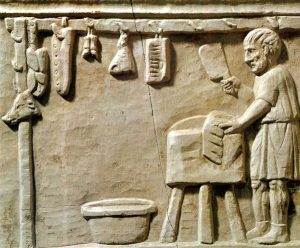
Ancient Romans at the table
Food and Culinary Habits in Ancient Rome. The daily life of ancient Rome is deeply reflected in the eating habits of its inhabitants, revealing a

Venice, Essential Guide for Travelers
Explore the magic of Venice with our complete traveller’s guide. Discover the most iconic places such as Piazza San Marco and the Rialto Bridge.
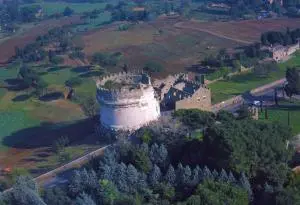
Ancient Appian Way, the highway of Ancient Rome
Known as the “Queen of Roads,” the ancient Appian Way in Rome is one of the most important engineering marvels of all time, a tangible
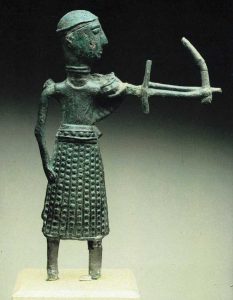
Museums to visit in Italy
The museums in Italy offer visitors a rich array of themes, types, and locations, making them a unique experience. Some of the world’s most historically
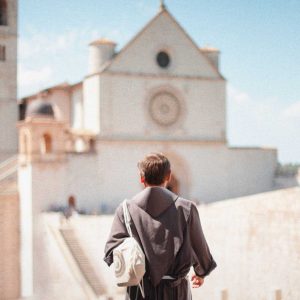
Umbria, land of history, art, nature, religion and flavours
Umbria is a reality suspended between the richness of its history, the depth of its culture, and the majesty of its nature. Located in the

How I found a wife with Italian cuisine – Rome cooking class
Rome is a fantastic city to take a cooking class, with a rich culinary history and culture. With a little research, you can find the

Luxury Vintage Shopping in Rome
The story of an experience lived in Rome, a four-hour shopping tour with an expert guide and a luxury car with driver to discover the
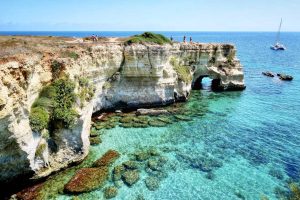
Trip to Puglia, a land to discover
Puglia is truly a land to discover, a hidden treasure in the heart of the Mediterranean. With its temperate climate and four distinct seasons, this
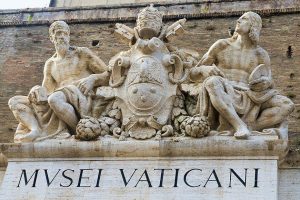
Entrance to the Vatican Museums and Sistine Chapel 2024 and 2025
The Vatican Museums and Sistine Chapel are about to introduce significant changes to their visiting schedule to optimize the use of their collections and provide

Italy: unconventional experiences for adventurous travellers
Italy is a country that offers a wide range of original and extreme experiences for the most adventurous travelers. Whether it’s exploring the depths of
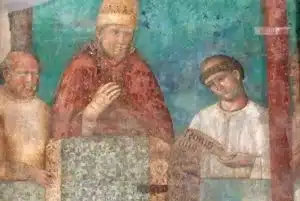
The pilgrimage in Italy
The tradition of pilgrimages in Italy is an integral part of the social, cultural, and religious fabric of the country. Throughout centuries of history, this

The 5 most loved Italian dishes in the world
Italy, the birthplace of gastronomy, is universally recognized for its rich and diverse cuisine that reflects centuries of culinary traditions passed down from generation to
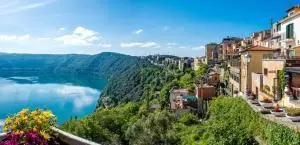
The Roman Castles, “invisible castles”
The Roman Castles, also known as the “invisible castles”, are historical places located near Rome, famous for their scenic beauty and gourmet food and wine
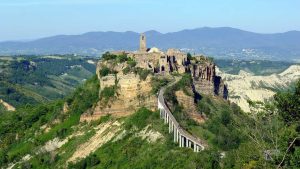
Civita di Bagnoregio, Caprarola, Bomarzo – DISCOVERING HIDDEN TREASURES OF ITALY
Italy is a country rich in hidden treasures and captivating destinations where history, art, and natural beauty come together in a unique and unforgettable experience.
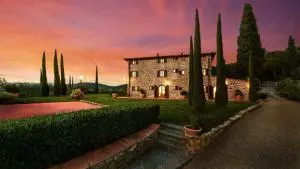
Wonders of Tuscany: a journey through Art, History and Food and Wine
Located in the heart of Italy, Tuscany is a true treasure to discover. Lush hills, luxurious vineyards, picturesque rural landscapes, historic villas, enchanting medieval cities
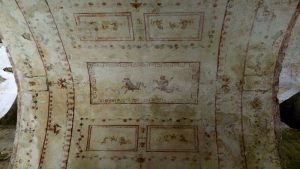
The Domus Aurea: a hidden masterpiece of Ancient Rome
Built by Emperor Nero in the 1st century AD, the Domus Aurea in Rome is an extraordinary monument that stands as a tangible symbol of
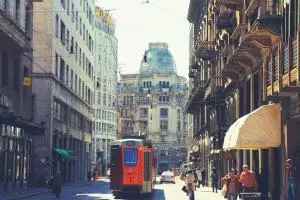
Guide of Milan for Newbies
Our Quick Guide to Milan for Beginners will accompany you in discovering the treasures of this fascinating and hectic metropolis, providing you with essential information

Milan: A food and wine experience not to be missed
Milan is much more than a fashion capital; it is also a top culinary destination. With its traditional cuisine, cosmopolitan culinary scene, food markets, and

Roman coast: a journey through history, sea and unique atmospheres
Discovering the Roman Coastline: A Journey through History, Sea, and Unique Atmospheres by Sarah Strol illustration by franco rea Roman Coastline We arrived in Rome
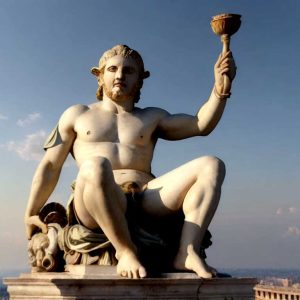
A Story of Rome
TRAVELS IN SPACETIME A Story of Rome It was a sweltering day in July, with the sun beating down on me like a burst of
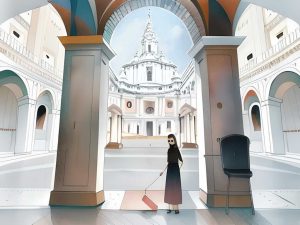
Discovering Rome’s “Hidden Treasures”
Discovering the “hidden treasures” of Rome Welcome to a fascinating journey through a less frequented Rome, different from the usual famous monuments but rich in
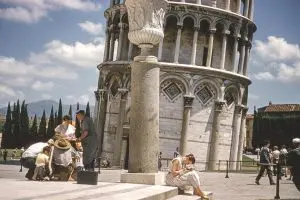
My Daily Excursions from Rome
“I am always looking for unforgettable experiences, and when I arrived in Rome, I was advised to participate in daily group or private excursions.”
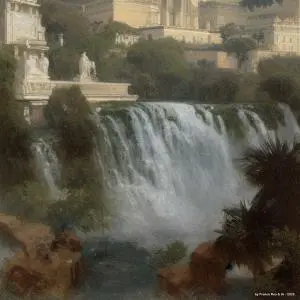
Impossible Rome
a gallery of images to you, created using artificial intelligence on the theme of “Impossible Rome”
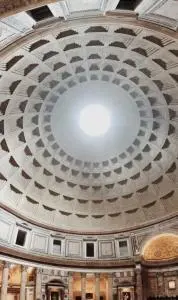
The Pantheon, great masterpiece of Roman architecture
Pantheon Contents The Pantheon Great masterpiece of Roman architecture. It is one of the ancient monuments best preserved in the world. We suggest a visit
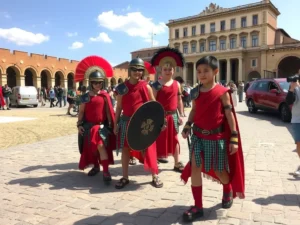
Fun Activities to do in Rome
for adults and children Fun and Unusual Activities to do in Rome Rome offers a myriad of opportunities to experience unique and enjoyable activities.
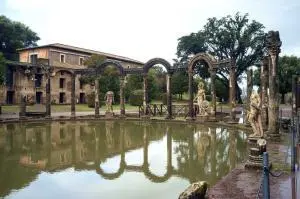
Villa Adriana in Tivoli, Rome
Villa Adriana – Tivoli, Rome The enormous complex of buildings of Villa Adriana in Tivoli, near Rome, was built (probably between the 118 and 134
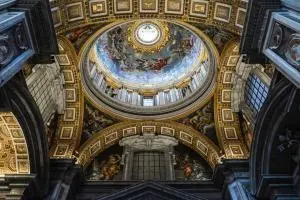
St Peter’s Basilica in Vatican State, Rome
The Basilica of St. Peter in the Vatican City The Basilica of St. Peter is in the heart of the Vatican City, an independent sovereign
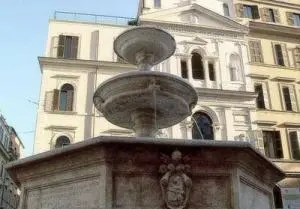
Rione Monti – the first quarter of Rome
Rione Monti Rome Index Monti, the first quarter of Rome The first quarter of Rome is “Monti” (mounts), so called as its confines once comprised the

Places Contemporary Rome
The places of contemporary Rome Rome has never stopped adding new architectural layers to its topographic fabric, with works often created in peripheral areas, in
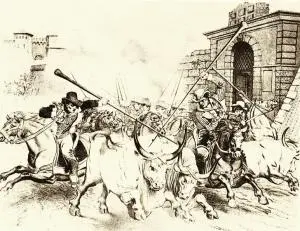
Eating in Rome
Eating in Rome! Eating like a God in Rome, Roman food’s survival guide! Index Eating in Rome “Please, recommend us a good restaurant!” it’s the
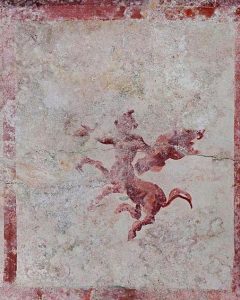
Why visit Rome
If you love traveling to discover unique places in the world, you must absolutely visit Rome!
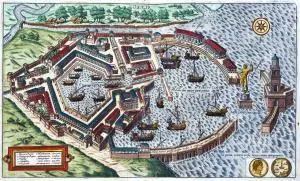
Portus Romae, the largest port of antiquity
Brief history of the greatest port in antiquity Portus Romae, the port of the Roman Empire Portus Romae was the main port of ancient Rome,
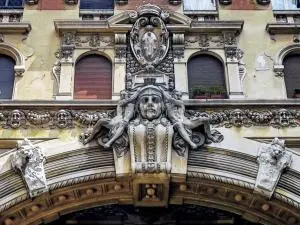
Unusual places to visit in Rome
Unusual places to visit in Rome … there are some places hidden outside the mass of tourist circuits… Rightly considered one of the most fascinating
